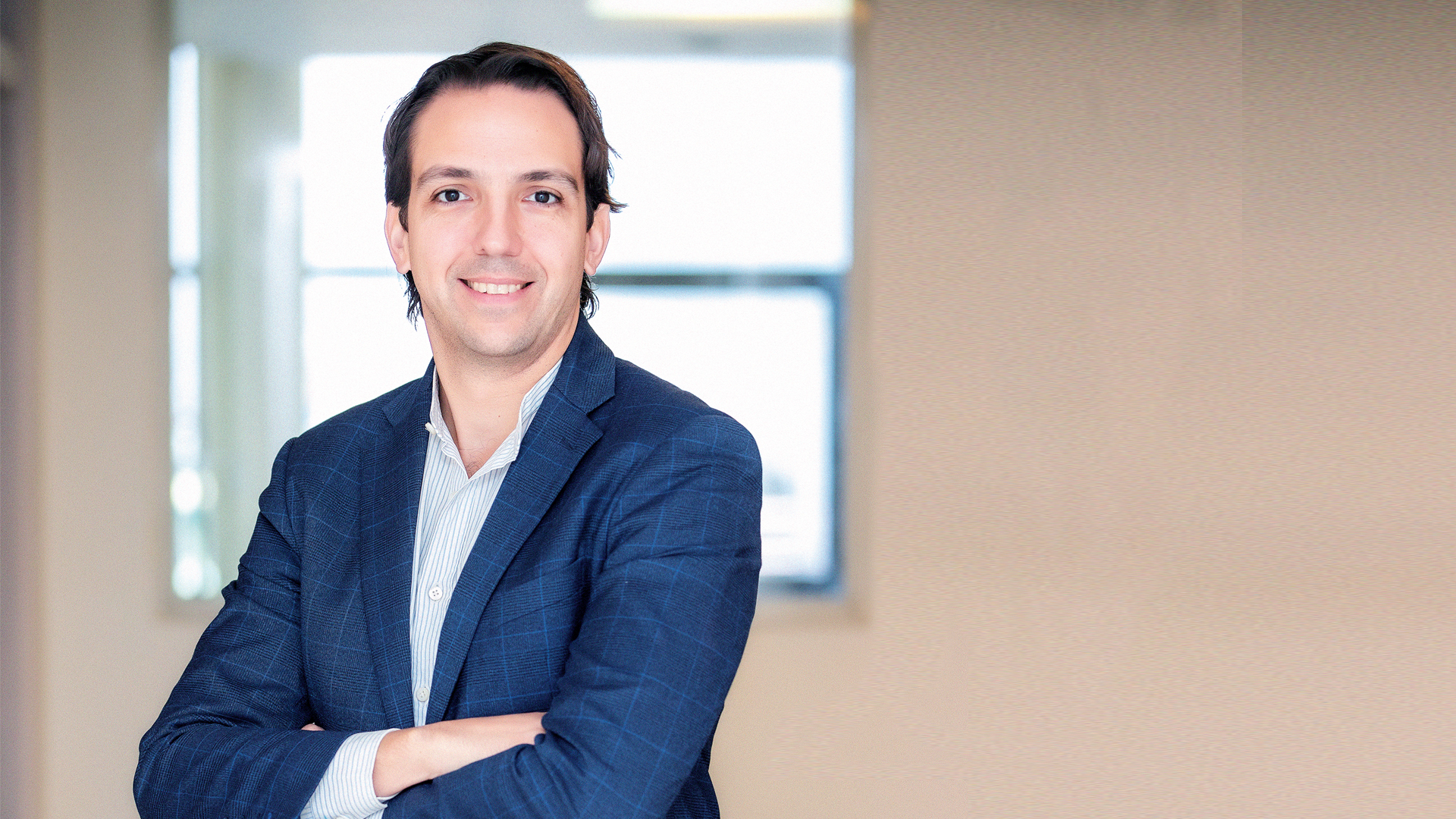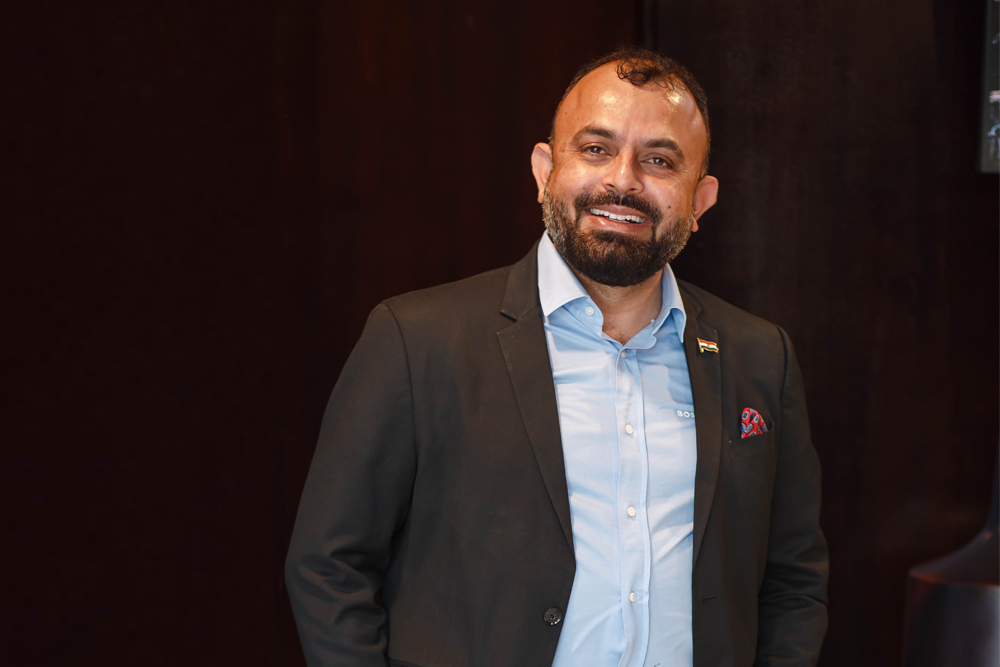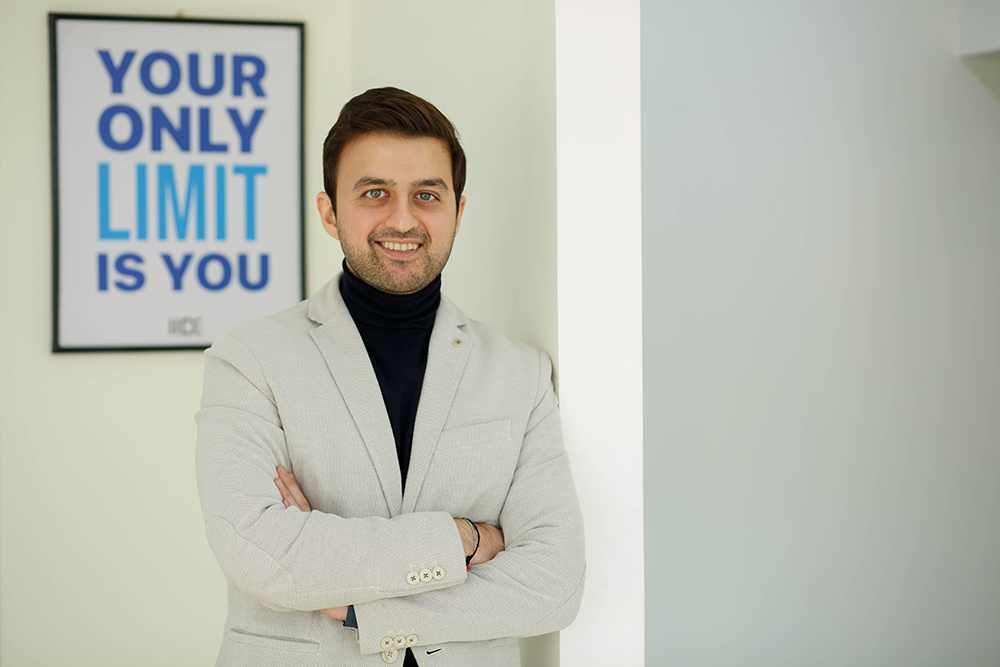
Photo : Nimsdai
The Nepali soldier turned climber, Nirmal Purja Magar, has summited six of the world’s 14 8,000-meter peaks over the last month. The former Gurkha soldier makes history with speed ascents of the world’s highest and most dangerous mountains this spring: Annapurna, Dhaulagiri, Kanchenjunga, Everest, Lhotse, and Makalu.
Nimsdai or Nims, as he prefers to be known, marks the successful completion of the first phase of a vastly more ambitious project - bagging all 14 of the world’s 8,000-meter peaks in seven months. Most took decades to complete this quest; the current fastest-known time set by the legendary Pole, Jerzy Kukuczka stands at seven years, 11 months, and 14 days. Currently, Nims is looking for funds for the second phase of his Possible Project.
Ankita Jain of B360 talks to a man who has set real high standards and goals from a real perspective. Excerpts:
From a soldier to a mountaineer, how did this transition happen?
I love mountaineering. Through my mission 14/7, I want to convey the strength of Nepali mountaineers across the globe.
I was born in Nepal and enlisted in the Gurkhas at age 18. After six years serving in the Gurkhas, I passed through the even more grueling six-month testing process for the Special Boat Service, an elite unit in the British Special Forces. I have served 16 years in the British military; I had only six years left to get my full pension which is worth about £500,000, but I have never worked for money. Work wouldn’t let me do it, because it was too much of a risk. I sacrificed my pension and resigned from my job for this. I left it to become a professional mountaineer. And I am proud to say that one in eight billion can do what I have achieved in less than a month. I have remortgaged my house for this; I have given up my job for this; I’ve taken every risk I could; in fact, I gave my 100% to it.
Tell us about your impromptu rescue operations during your mission.
The biggest thing for the project so far has been the rescues. That was unplanned. Rescuing people from 8,450 meters is way harder than climbing a mountain. During the Annapurna expedition, Wui Kin Chin, a doctor from Malaysia, went missing the same day I summited. We got back down to base camp probably around 10pm. Of course, because we had summited we had a few friends waiting for us, and we were celebrating till 3:30 in the morning. Then the helicopter comes at 6am and says the doctor was alive. So, I got my team together… We got dropped into Camp 3 via long line. From there, normally the distance where he was would take more than 16 hours but we did that in four hours. Chin was successfully evacuated to Kathmandu and then Singapore where he died several days later.
For Kanchenjunga, I and one of my primary climbing partners, Mingma David Sherpa, decided to go for the summit in a single push from base camp, leaving at 1pm and summiting after 11am the next day. Along the way, we picked up a second climbing Sherpa in support, Gesman Tamang. On the descent, we came across a struggling Indian climber, Biplab Baidya and his guide Dawa Sherpa, both of whom had run out of bottled oxygen at 8,450 meters. We gave the two men two of our backup oxygen cylinders and began helping them down, only to come across a second Indian climber, Kuntal Karar who had been also run out of oxygen and been abandoned. I gave him my oxygen cylinder. Karar died soon after the oxygen I gave him ran out. We asked for help a million times. We asked for rescue, backup, but unfortunately, nothing turned up.
Talking about funds, what amount do you require for your mission 14/7?
We require a total of £750k out of which for the second phase we require £300k. Similarly, our first phase also had a budget of £300k. Since we are lacking majorly towards sponsorship, we came up with the crowdfunding platform. So far we have received £100k out of £300k for the second phase which we plan to begin in June 7, 2019. It will include five Pakistani 8,000-meter behemoths including K2 and Nanga Parbat, the world’s second and ninth tallest mountains.
I dubbed my 8,000-er quest Project Possible, and after my initial sponsor fell through, I threw myself into fundraising in January. I started writing emails to everyone I know and within 10 weeks I had managed to raise £250k; it was epic. It was the hardest thing I’ve ever done. The money was just enough to get through the six Nepal peaks.
Any failure and learning you would like to share with our readers?
The biggest thing I learned from being in the Special Forces is the decision-making process and also the willingness not to give up. Also through 14/7 mission, I have learnt not to trust anyone easily.
Earlier I was very determined about climbing without oxygen cylinders but my climbing partner, Mingma David Sherpa, guided me about it. If I wasn’t climbing with oxygen, I wouldn’t have been able to conduct any rescue operations.
On your way down from the summit of Everest, you photographed the traffic jam of climbers on the famed Hillary Step which went viral. Any suggestions on how such incidents can be prevented in the future?
When the weather is clear, many climbers rush towards the summit. Hence, too many bodies are piling up on the world’s highest peak. I believe authorities should screen climbers and limit the numbers.






.jpg)


